True colours: dyeing Tengri yarns
Almost all Tengri yarns are undyed, and woven into fabrics in their natural colours. To add more colour options, the yarns need to be dyed. Rosie Moorman, Head of Design & Production at Tengri, explains how colours are added to our yarns.
What natural colours do Tengri Noble Fibres occur in?
For most of the Tengri Noble Fabric range, we simply allow the natural tones – cocoa, tan, caramel and the highly coveted silver and platinum – to speak for themselves. The environmental influence of the Khangai region of Mongolia gives the yaks a stunning range of colouration.
Alongside these beautiful natural shades, we offer a limited collection of coloured tones – plum, navy and pine. These are all inspired by nature – the deep plum-coloured sunsets of Mongolian deserts, dark navy blues of the night skies, and pine green forests of the steppe mountains and valleys.
How are Tengri yarns dyed?
Traditionally, wool and animal hair fibres are bleached to a bright white before undergoing the dyeing process. But bleaching uses harsh chemicals to whiten the fibres, which can seriously damage the fibre quality. This is not the Tengri way, so we highlight the beauty of our natural shades, over-dyeing the rich tan and cocoa shades to achieve bold colours with depth and gentle, natural undertones. Our silver and platinum fibres are so rare, making up less than 5% of the annual yield, that we will never dye them.
We use specialist metal-free dyes that react with the molecular structures of protein-based fibres; in this case, yak hair. When exposed to heat and mild acid (white vinegar), the reactive dye forms a covalent bond with the fibre, creating a beautifully rich, deep, permanent colour. Once dyed, the colour will not wash out or bleed from Tengri cloth, and it’s incredibly lightfast.
What are the main differences between synthetic and natural dyes?
Synthetic pigments are man-made, often derived from coal tar, crude oil and petrochemicals. Conversely, natural dyes are made from naturally occurring sources, predominantly fruits, seeds, barks, plants or lichens.
In much of the dialogue surrounding dyeing methods, natural dyes are often portrayed as the ultimate in sustainable dyeing, with connotations of wholesome textiles with zero or low environmental impact and toxicity. However, without the infrastructure in place to use natural dyes effectively at scale, they pose many of the same challenges as synthetic dyes, such as water consumption and the use of chemical mordants, which fix the dye to the fibres.
Natural dyes can be susceptible to fading when exposed to sunlight and washing. This natural fading can be ameliorated by the application of chemical mordants, such as chrome, but this defeats the object of using natural dyes in the first place. It is possible to use less harmful mordants, such as table salt, in cottage-industry production, but this is very difficult to scale. So natural dyes are an area we continue to explore with our industry partners, but more research and development is needed before natural dyes can be used to their full potential.
What are the environmental implications of dyeing textiles?
It’s now well known that water consumption is one of the biggest issues faced by the textile industry. The World Bank estimates that 17-20% of industrial water pollution comes from textile dyeing and finishing.
Much of this pollution is a direct result of using extremely harmful substances such as potassium dichromate (chrome) as a mordant in the dyeing process. Mordants act as a fixative, bonding the pigments in the dye to the fibres in a fabric, and are vital to creating a dyed cloth that performs well and holds its colour. If chrome- or metal-based mordants are not disposed of responsibly, they can make their way into our waterways, causing huge environmental harm. These chemicals are highly toxic and carcinogenic, potentially lethal. This is not the Tengri way.
By employing innovative dyeing practises, and using reactive dyes that do not require mordants to fix the dyes, we are doing our part to reduce the impact of the textile industry on the environment.
Tengri yarns are coloured at a dyehouse that’s powered by renewable solar energy and uses water from its own stream. Once the dyeing process is complete, the water is recycled, any residue from the dye is extracted and disposed of responsibly, and the water is returned to its source; clean, pure and safe.
Where are Tengri yarns dyed?
Our dyehouse is a family-owned business on the Yorkshire border, where textile manufacturing has been carried out since 1777. It’s been operating for over 70 years, and is run by people who are masters of their craft and committed to responsible dyeing.
How can textile manufacturers minimise the environmental impact of dyeing?
Careful consideration of every process undergone by materials in their journey from fibre to fabric can make a big difference. For example, as well as our quest for non-pollutive, responsible dyeing methods, at Tengri we use lower dyeing temperatures to improve fibre quality. This helps to preserve the quality and natural characteristics of our Noble Fibres, while simultaneously reducing energy consumption in the dyeing process.


